Projects
Supporting innovative, cutting edge ideas, the Research Innovation Fund (RIF) provides seed grants for cross-college collaborative projects.
How do I apply?
Project Description
Media
Filters
- Project Types
- All
- Animal Health
- Aquaculture
- Automation and Robotics
- communities
- Communities/Farmers/Relations
- Computational Modeling
- Controlled Environment Agriculture
- Crop Production
- Dairy/Livestock Production
- Data Integration and Processing
- Farmers
- Farmers, Communities, Relationships
- Food Safety
- International Agriculture
- Iot and Networks
- Machine learning
- Machine Learning
- Plant Breeding
- relations
- Sensing Technology
- Soil
- Trustworthy AI
- Years
- Project Creators
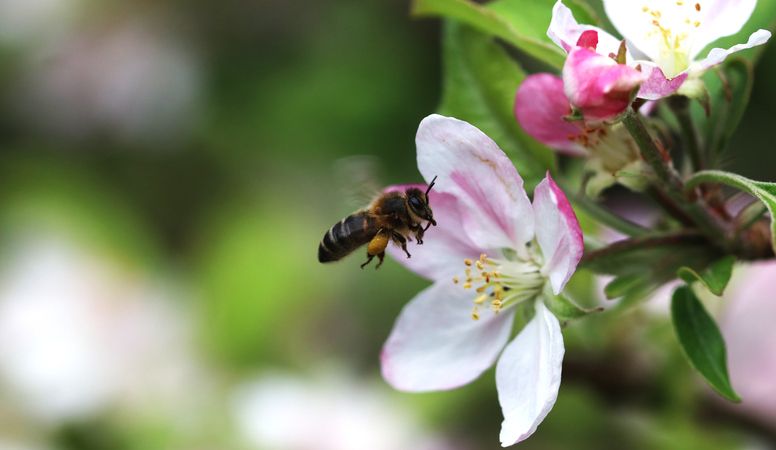
Attracting Wild Pollinators to Orchards: Applications for Sensory Ecology
Insect pollinators are vital for agriculture. Unfortunately, recent pollinator declines threaten food security, biodiversity, and the agricultural economy. Pollinator management typically focuses on honey bees (Apis mellifera), but native bees are often more efficient pollinators. Attracting native bees to agricultural areas is an efficient and sustainable solution to our escalating pollinator crisis. Recent research from collaborators in Cornell Entomology showed that wild bumble bee queens are highly attracted to the nests of other bumble bees, which they try to usurp. I aim to develop a tool that exploits this attraction, encouraging bees to nest and pollinate in orchards. This summer, I will determine what factors nest-searching bumble bees use to locate and select nest sites. The results will inform the design of this tool and fill a gap in our knowledge of this ecologically important species. With this knowledge and integrated grower feedback, we will prototype design for 3D printed artificial nest cavities to simulate natural burrows.
Leah Valdes (GR-CALS), Primary Advisor: Robert Raguso (CALS), Secondary Advisor: Kirstin Petersen (COE)
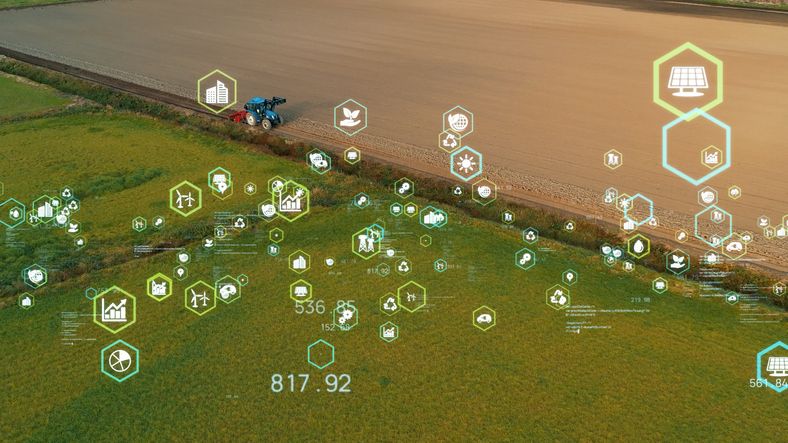
Novel Human-Machine Interface in Agriculture for Better Data Collection and Agronomic Assistance
Digital agronomy has the potential to significantly improve both crop productivity and environmental stewardship by optimizing several aspects of crop management including input placement, resource use, and timing of operations. Curating management data on the farm for digital agronomy applications requires significant time, skill, and attention from the farmer, which explains in multiple instances the limited availability of that data. Without a way to collect farm data systematically and reliably, small and medium farmers may lag behind in the digital revolution happening in agriculture, hindering their ability to remain competitive and meet increasing environmental standards. This project proposes a novel approach to both simplify and improve crop management data collection process with a novel human-machine interface solution. An interactive voice system in the tractor’s cabin can be used to exhaustively collect farm management data more reliably and efficiently than current crop management data recording processes and provide tactical answers to farmers.
Louis Longchamps (CALS), Wendy Ju (CIS), Immanuel Trummer (COE), Diane Bailey (CALS), Mike Stanyard (CALS), Erik Smith (CALS), Michael Hunter (CALS)
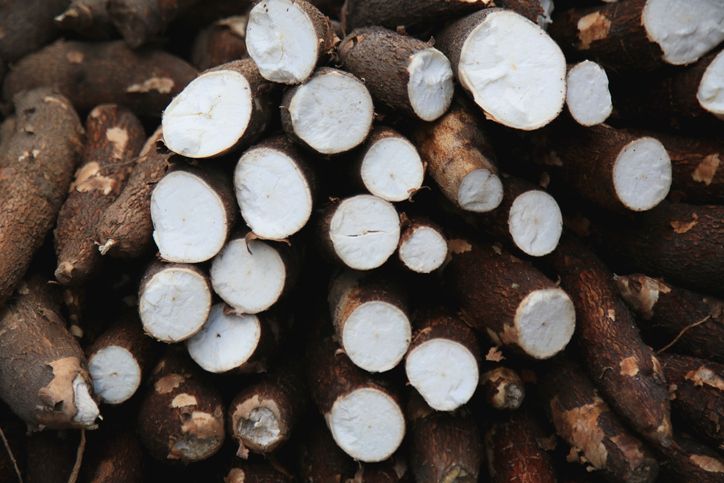
NMR Measurement of Underground Crops
This project will provide farmers with the ability to estimate the water content (and, consequently, dry matter content) in starchy plants like potatoes and cassava. This will better define the harvest date and allow the growth conditions of the crop to be tuned accordingly. For crop breeders, the success of a new breed can only be determined after the crop has mostly matured (nearly a year for cassava), but with dry matter content measurements throughout the lifecycle of the crop, a breeder can determine the promise of a breed much earlier, perhaps even in the first month. The project depends on how alternating magnetic fields change the orientation of proton magnetic moments in water. A prototype has been created but isn’t yielding results. By adding a second coil, we will troubleshoot and potentially redesign the setup, so we can return a stronger differential output.
Tangia Sun (CALS); Amal El-Gazaly (COE); Mike Gore (CALS)

Using Real-Time Control and Internet of Things Capabilities to Improve On-Farm Denitrifying Bioreactor Performance
Agricultural systems need to increase food production to feed a growing population while mitigating the negative impacts of nitrogen fertilizers on water and climate. Nitrogen runoff from agriculture can cause groundwater to have excess nitrogen which can increase greenhouse gas emissions, damages to the ozone layer, acidification of soils and water bodies, and dead zones in coastal areas and estuaries. The goal of this project is to help develop accessible and easily implementable technology using an autonomous woodchip bioreactor and Internet of Things (IoT) to help enable farmers to limit the export of nitrogen to groundwater and surface water ecosystems through real-time data and feedback and help prevent excess nitrogen pollution.
Sofia Echavarria (UG-CALS); Matt Reid (COE); Scott Steinschneider (CALS)
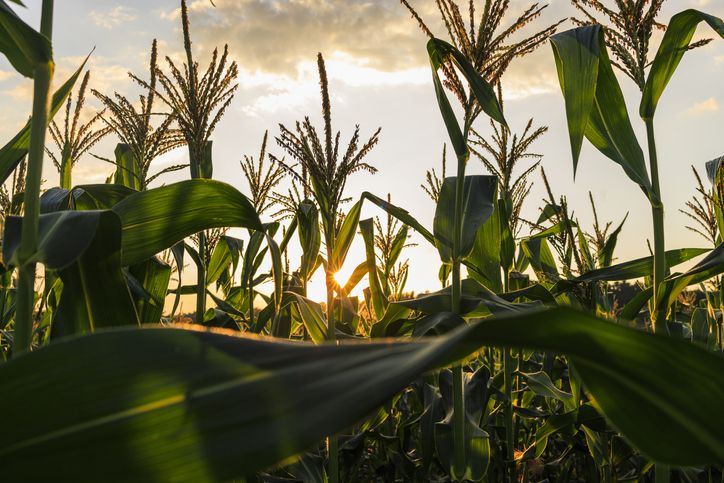
Engineering Real Weather Wind Tunnel for Experimental Agriculture at Field Scale
Corn earworm (CEW) is an annual pest of NY sweet corn crop. NY is one of the largest producers of sweet corn with a production value of $37 million. Monitoring is the best defense against CEW, helping growers determine the insecticide application timing. Current monitoring practice relies on trapping using a pheromone lure. However, the connection between trap catches and in-field counts is imperfect. To make the correlation stronger, we need a better understanding of how pheromone spreads in the cornfield under realistic environmental conditions and how CEW responds to the pheromone. This summer we will specifically focus on understanding how wind condition changes the pheromone distribution by building a wind tunnel array and measuring the pheromone’s spread. This will provide a valuable pesticide usage guideline for growers, allowing for well-timed use of pesticides informed by improved CEW monitoring, which can reduce yield loss and limit the unnecessary application of pesticides, thereby benefiting both the growers and our environment.
Jena Shields (GR-COE); Chris Roe (COE); Jennifer Thaler (CALS)
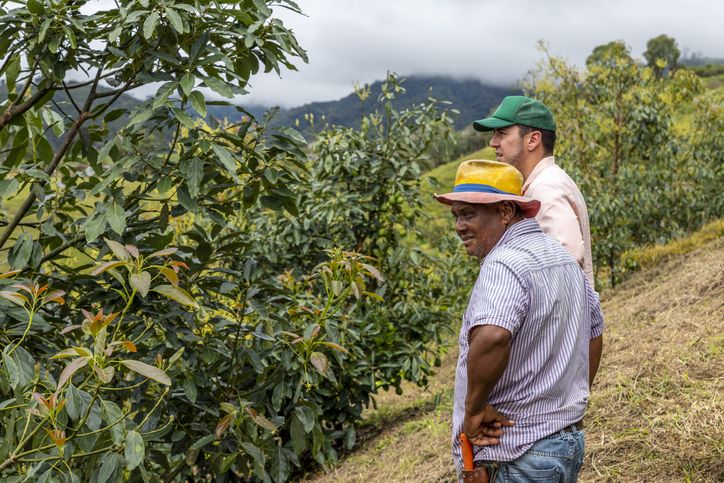
Emerging Digital Phenotyping Technologies in Colombia and Prospects for Social Impact
The goal for this project is to conduct interdisciplinary research to learn about the values that inform digital phenotyping technology development and the actors that are likely to benefit through examining a case study of plant breeders at the Alliance of Bioversity International and the International Center for Tropical Agriculture (CIAT) in Colombia. The Alliance is part of the Consultative Group for International Agricultural Research (CGIAR) and continues to play an important role in promoting Green Revolution technologies across the Global South. Digital phenotyping technologies are increasingly used to generate specific information on crops to aid plant breeders in finding and developing optimal varieties. Nevertheless, research suggests that the increased adoption of high-yielding, hybrid seeds during the Green Revolution concurred with the standardization of farms and the promotion of industrial monocultures.
Lara Roeven (GR-CALS); Steven Wolf (CALS); Phoebe Sengers (CIS/CAS)
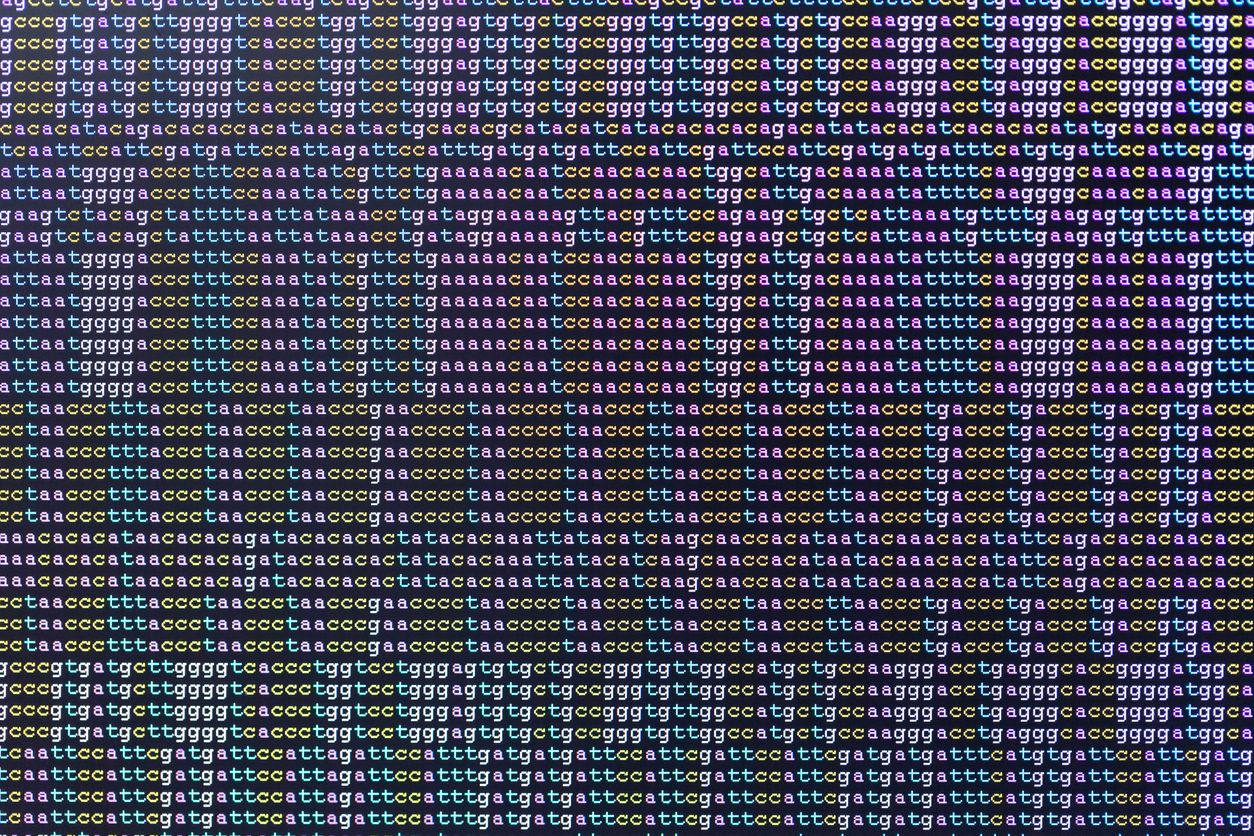
Accurate and Affordable Genotype Imputation for Plant Breeding Based on Machine Learning
Advances in technology are enabling the collection of vast amounts of genetic and phenotypic plant data. This data can help explain the genetics of traits important in agriculture and contribute to the development of sustainable food systems. The long-term vision underlying this project is to understand how genetics and the environment determine phenotypes important in agriculture and use this knowledge to develop methods and protocols for improved plant breeding. Central to this effort will be the development of techniques and frameworks in machine learning that enable modeling complex genetic datasets. If successful, these efforts will enable breeding crops that are more nutritious, require less water and fertilizer, and resist disease, ultimately improving human and environmental health.
Volodymyr Kuleshov (CIS), Jaehee Kim (CALS), Kelly Robbins (CALS), Edward Buckler (USDA)
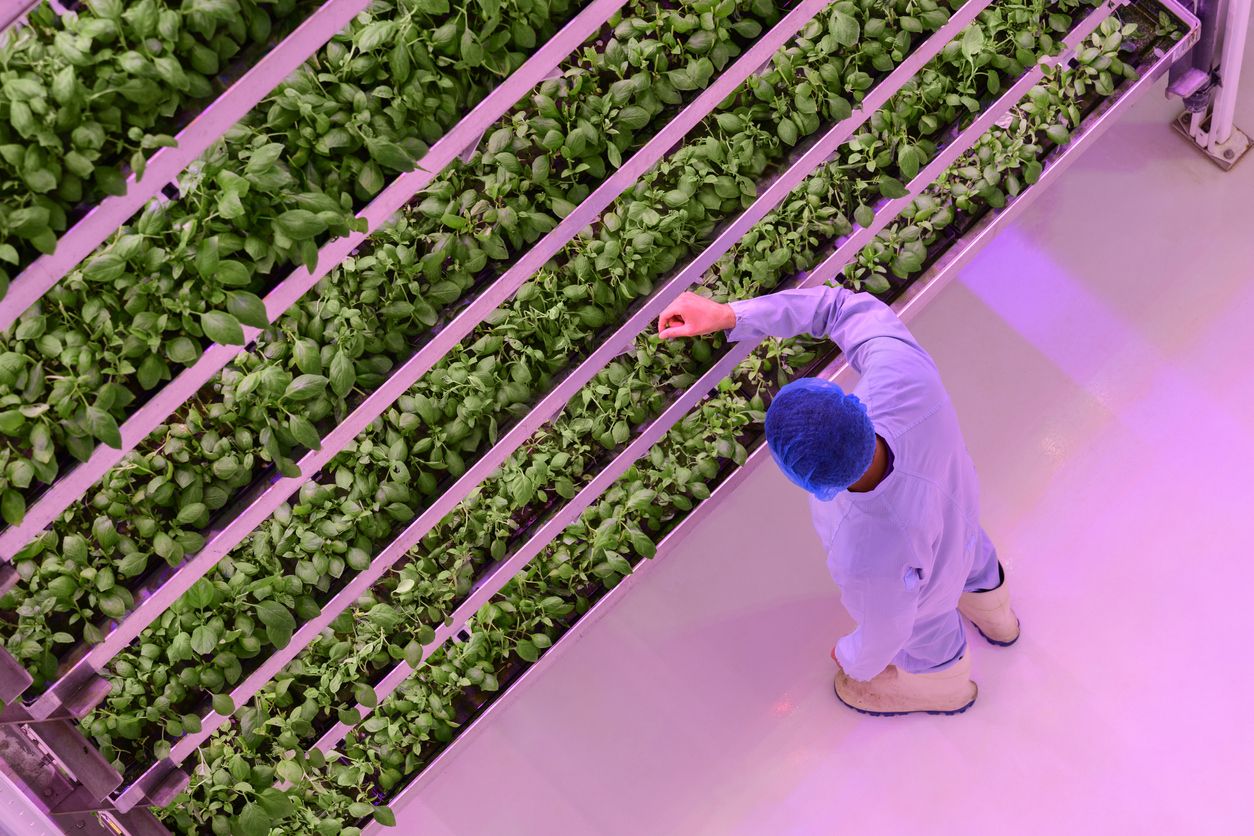
Artificial Intelligence based Smart Automation of Plant Factories for Agricultural Production
This research addresses the complex challenges associated with operating such vertical farms in plant factories. The project focuses on automation for energy management and maximization of natural resources using techniques based on artificial intelligence (AI) that help to optimize the microclimate in plant factories. Due to scarcity of environmental data available, reinforcement learning based AI algorithms will be used to develop an optimal microclimate control scheme that focuses on maximizing yield while minimizing energy cost and pesticide usage.
Akshay Ajagekar (GR- COE), Primary Advisor: F. You (COE), Secondary Advisor: Neil Mattson (CALS)

Improving strawberry yield through native and robotic pollinators
The proposed work will integrate automated monitoring of wild and managed pollinators with cutting-edge robotic pollination, laying the groundwork for a bio-hybrid system capable of observing, predicting, and improving yield in pollen-limited crops. Specific innovations include durable, low power insect camera traps, mobile end-effectors for local electrostatic pollination, rapid cross-pollination by quadcopters, and growth models conveyed to the farmer through an online app. These technologies will be validated with strawberry plants over several bloom cycles in the greenhouse, and through field experiments in a commercial farm. Short term, these technologies can be seamlessly integrated into current farm practices. Long term, they may be managed by automated schedulers to ensure optimal yield long before harvest. In a broader sense, this research opens a new frontier in precision agriculture, where robots not only have the intelligence to overcome the challenges of field deployment, but can operate as part of the natural ecosystem around crop plants.
Kirstin Petersen (COE), Scott McArt (CALS)

Remote-sensing based framework for farm-scale in-season crop yield forecast
This proposal aims to develop scalable, field-scale, in-season forecast approaches for crop yield at low cost by synergistically integrating new technological advances including UAV/satellite remote sensing of Solar-Induced Chlorophyll Fluorescence (SIF) and hyperspectral reflectance, the state-of-art mechanistic crop growth models, and machine learning techniques. We propose to develop both process- and statistics-based approaches for yield forecast and examine their complementary strengths for large-scale operational application. We will finally build a Google Earth Engine based web portal to report yield forecast on weekly basis to inform farmers, agribusinesses, and extension agents in near real time. We will seek input and feedbacks of our developed framework from local farmers via Cornell Cooperative Extension and New York Corn and Soybean Grower Association during the course of the project.
Ying Sun (CALS), Carla P. Gomes (CIS), Ariel Ortiz-Bobea (JCB)
- ALL
- Computational Modeling
- Data Integration and Processing
- Machine Learning
- Automation and Robotics
- Sensing Technology
- Iot and Networks
- Trustworthy AI
- Plant Breeding
- Crop Production
- Controlled Environment Agriculture
- Soil
- Dairy/Livestock Production
- Aquaculture
- Food Safety
- Animal Health
- International Agriculture
- Communities/Farmers/Relations
Become a Fellow
Stay up to Date
If you have a disability and are having trouble accessing information on this website or need materials in an alternate format, contact [email protected] for assistance.
CIDA Copyright 2023 | CIDA is an equal opportunity employer | Terms of Use | Privacy Policy